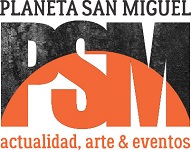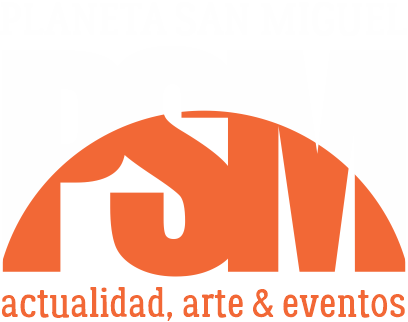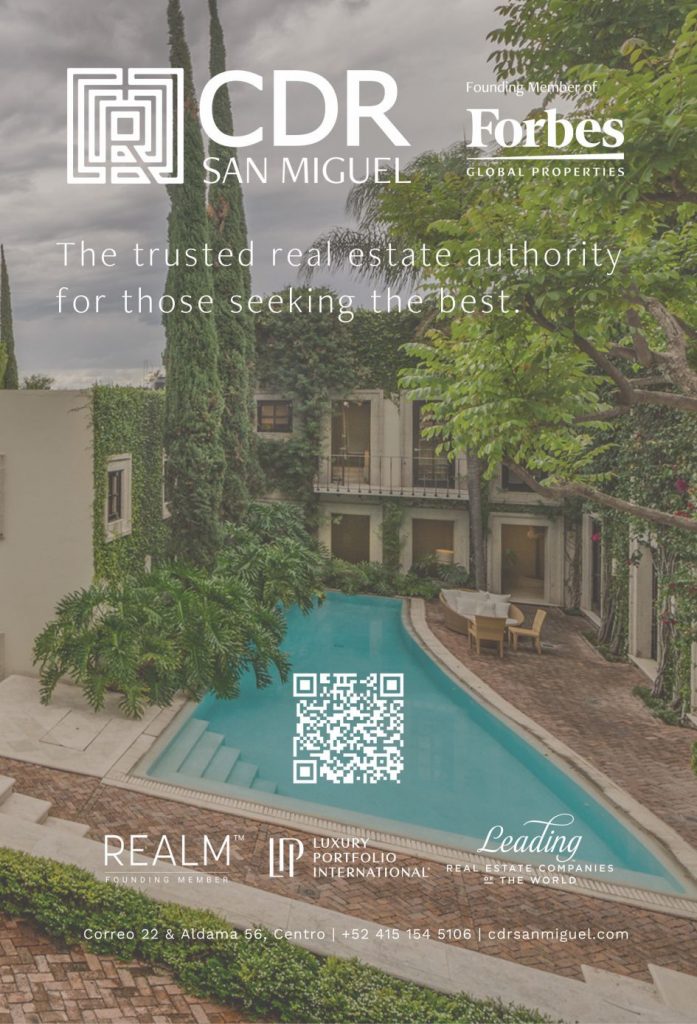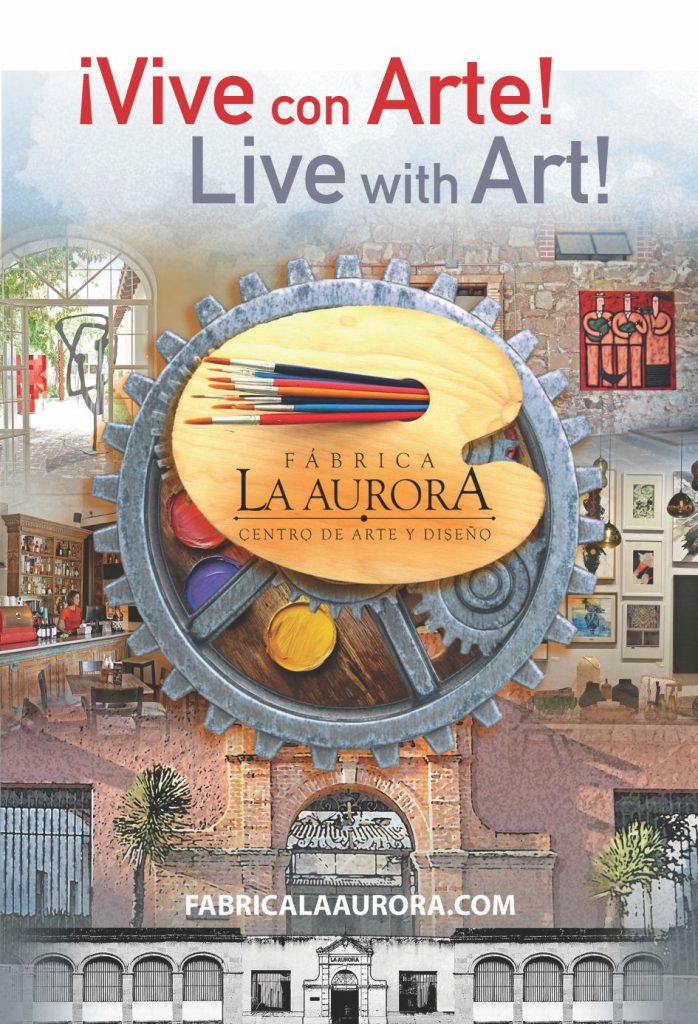por Pats Saucedo
Space is more than a geographic coordinate; it is a reference point filled with meanings, memories, and emotions. Since time immemorial, humans have woven their identity from the environment around them, interpreting it through their own experiences and collective narratives. While architecture provides context for space, art portrays or reinvents it.
Why do certain places captivate us? Is it the narrative that surrounds them or the semiotics of their space? I think of Persian gardens, which organized the world into a utopian microcosm; of museums, those timeless spaces that play with chronology; or of contemporary installations that reconfigure our usual experience of the environment by adding new layers of reality through technological devices.
I am drawn to those architectures that do not merely occupy space but redefine it, turning it into an emotional reference point. And when we link a space to the concept of art, it becomes hard to ignore, as art has always been a generator of heterotopias—those dreamlike spaces that become materialized utopias.
The Parish of San Miguel Arcángel exemplifies this. It’s no secret that it is an icon and a social phenomenon. Personally, it reminds me of how sunflowers follow the sun to receive its light. Its architecture rises above the city with a presence that seeks not only to impress but to elevate the gaze, directing our attention toward the sky, toward infinity. From the open plaza to the interior of the parish, there is a shift in atmosphere: the noise of the outside world transforms into the slow echo of the temple. Those who enter leave behind one reality and step into another. Here, art, faith, history, and the identity of a people converge.
Home to San Miguel Arcángel, who is not a peaceful saint: he is a protector and a warrior who defeats evil. This resonates with the historical character of the city, which played a crucial role in Mexico’s struggle for independence.
Its design seems out of place, almost like an element of magical realism that turns San Miguel de Allende into a literary setting. This parish was the work of Zeferino Gutiérrez, who was not a formally trained architect but an inspired creator. He imagined and reinterpreted neo-Gothic architecture in his own context, even without physically knowing it. I dare say his work was not an act of cold engineering but of faith and intuition.
This construction is deeply inspiring, and as a multimedia creator, it would be strange if it didn’t awaken in me the desire to capture it, seeking to experience a fragment of its magic. Since this parish cannot be confined in any sense, I decided to portray it in virtual reality (VR). This format allows the piece to be observed without a fixed viewpoint, decentralizing the viewer and dissolving the limits of visual perspective. If you explore the piece through a VR headset, you can inhabit it. This is where technology not only shows us new realities but redefines how we conceive reality itself. VR offers a new way to experience reality, not to replace traditional experiences but to expand them.
Perhaps the most interesting thing about the parish is that its permanence lies not in its volcanic stone or its infinite ways of being portrayed, but in its ability to remain relevant, to continue inspiring, to remain the epicenter. I don’t know about you, but I find it hard to imagine San Miguel de Allende without its parish church.

I’m sharing a QR code that takes you to the video of my virtual reality piece, Sketch Parroquia S.M.A.













